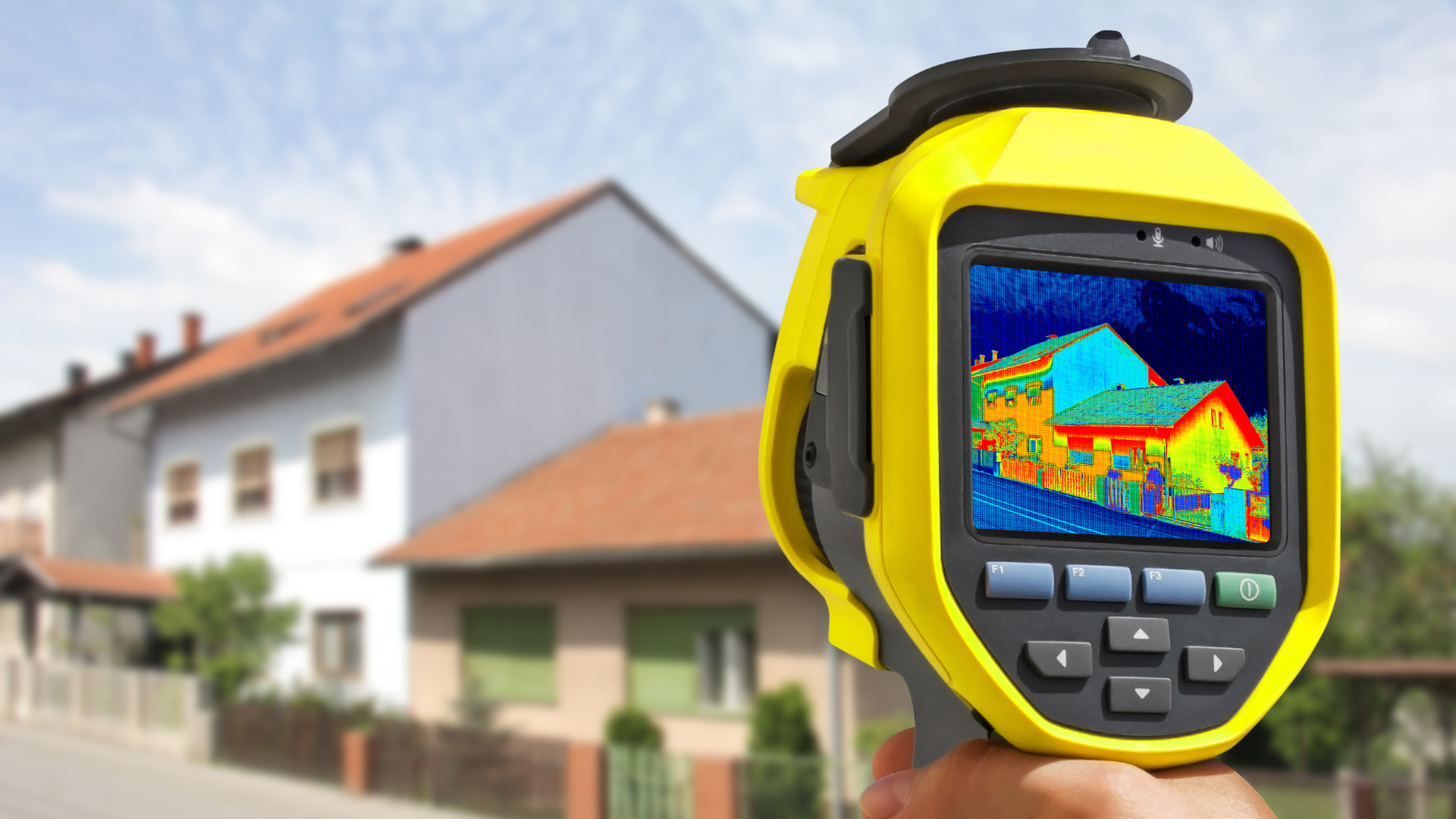When it comes to energy efficiency and comfort, home insulation plays a critical role. However, pinpointing gaps in insulation or identifying areas of heat loss can be a daunting task. Here’s where the power of technology comes in, specifically thermal imaging. This technology, which was once only available to specialists, is now easily accessible, affordable, and a reliable way to improve home insulation efficiency.
What is Thermal Imaging?
Thermal imaging, also known as infrared imaging, allows us to visualize the unseen. It works by detecting the infrared radiation (heat) that is emitted by all objects, and then converts this information into a visible image. This image is a “thermogram,” a sort of heat map that displays different colors for different temperatures.
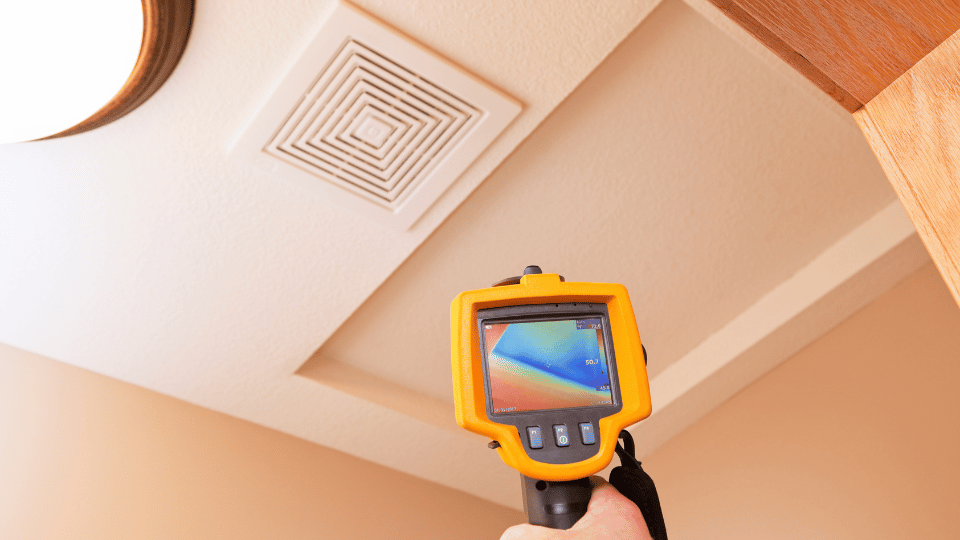
How Does Thermal Imaging Work in the Context of Home Insulation?
Thermal imaging for home insulation assessment works by exposing areas where heat is being lost. An efficient home should be able to hold heat during winter and keep it out during the summer. However, if there are problems with your insulation, the heat will escape or penetrate, disturbing the balance of temperature in your home.
By using a thermal imaging camera, you can scan your house to reveal the areas of heat loss or gain. These areas are shown in different colors on the thermogram, with warmer areas appearing red and cooler areas appearing blue. This visual insight enables you to identify precisely where your home’s insulation is deficient.
Improving Home Insulation Efficiency with Thermal Imaging
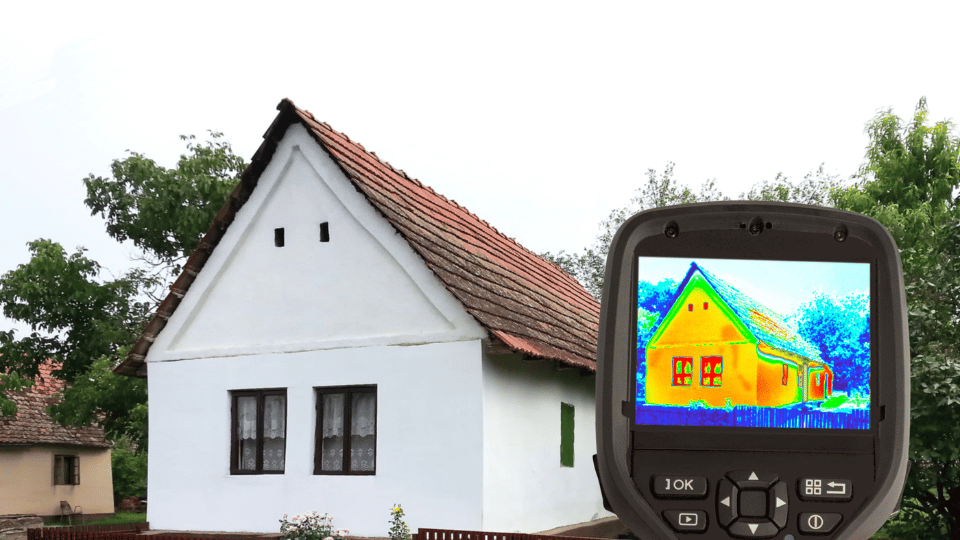
Identifying and addressing insulation problems using thermal imaging can result in substantial benefits. Here are ways thermal imaging can improve home insulation efficiency:
1. Pinpointing Problematic Areas
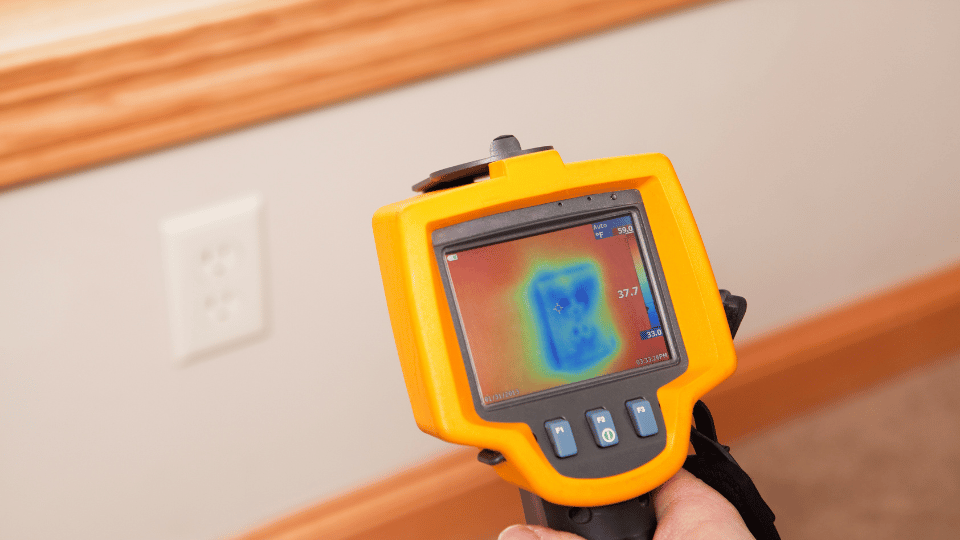
With thermal imaging, you can pinpoint exactly where heat is escaping from or getting into your home. These areas could be around windows and doors, roof, walls, or even flooring. Once you’ve identified these spots, you can apply targeted insulation improvements to rectify the issue.
2. Uncovering Hidden Issues
Sometimes, insulation problems aren’t visible to the naked eye. Thermal imaging can reveal hidden issues, such as damp or mold inside walls, gaps in the insulation, or thermal bridges. Identifying these hidden problems can help prevent more serious damage to your home in the future.
3. Ensuring Proper Installation
Thermal imaging can be used to verify the correct installation of insulation. By checking the thermogram, you can see if the insulation has been installed evenly and without gaps.
4. Saving Energy and Money
By improving your home’s insulation efficiency, thermal imaging ultimately helps save energy and reduce costs. Proper insulation reduces the demand on your heating or cooling systems, decreasing your energy consumption and thereby your utility bills.
5. Enhancing Comfort
An efficiently insulated home maintains a consistent temperature, making your living space more comfortable. No more too-hot summers or too-cold winters!
Saving Money Through Proper Insulation Efficiency
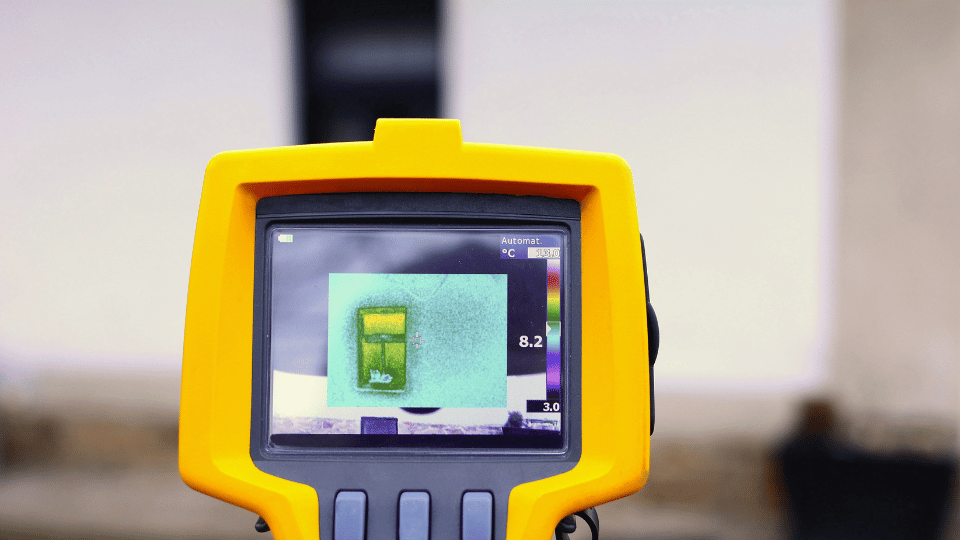
One of the most significant advantages of ensuring proper home insulation is the potential for substantial cost savings. By addressing insulation issues identified through thermal imaging, homeowners can experience a noticeable reduction in their energy bills. Here are some ways in which proper insulation can help save money:
Reduced Heating and Cooling Costs:
Inadequate insulation allows heat to escape during winter months and seep in during summer, leading to increased reliance on heating and cooling systems. By addressing insulation gaps and leaks, homeowners can minimize heat transfer and maintain a more consistent indoor temperature. This, in turn, reduces the need for excessive heating or cooling and lowers energy consumption, resulting in significant savings on utility bills.
Enhanced Energy Efficiency:
A properly insulated home creates a more energy-efficient environment. Insulation acts as a barrier against heat transfer, keeping conditioned air inside and preventing outdoor air from infiltrating. This reduces the workload on heating and cooling systems, allowing them to operate more efficiently and consume less energy. Consequently, homeowners can enjoy lower energy bills and a reduced carbon footprint.
Long-Term Return on Investment:
Investing in insulation upgrades, based on thermal imaging assessments, may require an upfront cost. However, the long-term return on investment can be substantial. The energy savings achieved through improved insulation can gradually offset the initial investment, leading to ongoing financial benefits over the lifespan of the insulation.
Potential Incentives and Rebates:
Many governments, utility companies, and environmental organizations offer incentives and rebates to encourage homeowners to improve their home insulation. By taking advantage of these programs, homeowners can further reduce the overall cost of insulation upgrades. These incentives can vary depending on location, so it’s worthwhile to research available programs that can help offset the expenses of improving insulation.
Increased Property Value:
A properly insulated home is not only cost-effective in terms of energy consumption but can also add value to the property. Homebuyers are increasingly interested in energy-efficient homes that offer long-term savings and a comfortable living environment. By investing in insulation improvements, homeowners can enhance the appeal and value of their property, making it more attractive to potential buyers in the future.
Thermal Insulation Savings
While specific savings can vary based on factors such as location, climate, and individual energy usage, studies and data provide estimates on the potential cost savings that can be achieved through proper home insulation. Here are some examples:
- The U.S. Department of Energy (DOE) states that homeowners can save an average of 15% on heating and cooling costs (ranging from 10% to 50%) by properly sealing and insulating their homes. This percentage can translate into hundreds of dollars in annual savings, depending on the size and condition of the house.
- According to the Insulation Institute, homeowners can save up to 20% on heating and cooling costs by sealing air leaks and adding insulation to attics, walls, and floors. For a household spending $2,000 per year on energy bills, this could amount to savings of $400 annually.
- The Environmental Protection Agency (EPA) estimates that homeowners can save an average of 15% on heating and cooling costs by air sealing and insulating their homes. For a household spending $2,500 per year on energy bills, this could result in savings of $375 annually.
- A study conducted by the North American Insulation Manufacturers Association (NAIMA) found that homeowners who upgraded their insulation achieved an average annual energy savings of 28%. Considering the average household energy expenditure of around $2,000 per year, this would equate to savings of $560 annually.
Conclusion
Thermal imaging is a powerful tool for enhancing your home’s insulation efficiency. By revealing areas of heat loss and gain, it allows you to address insulation issues directly, leading to energy savings and improved home comfort. Remember, the key to effective thermal imaging is accurate interpretation of the images, so consider hiring a professional or taking the time to familiarize yourself with your thermal imaging tool. This way, you can fully harness the potential of thermal imaging for your home insulation needs.
